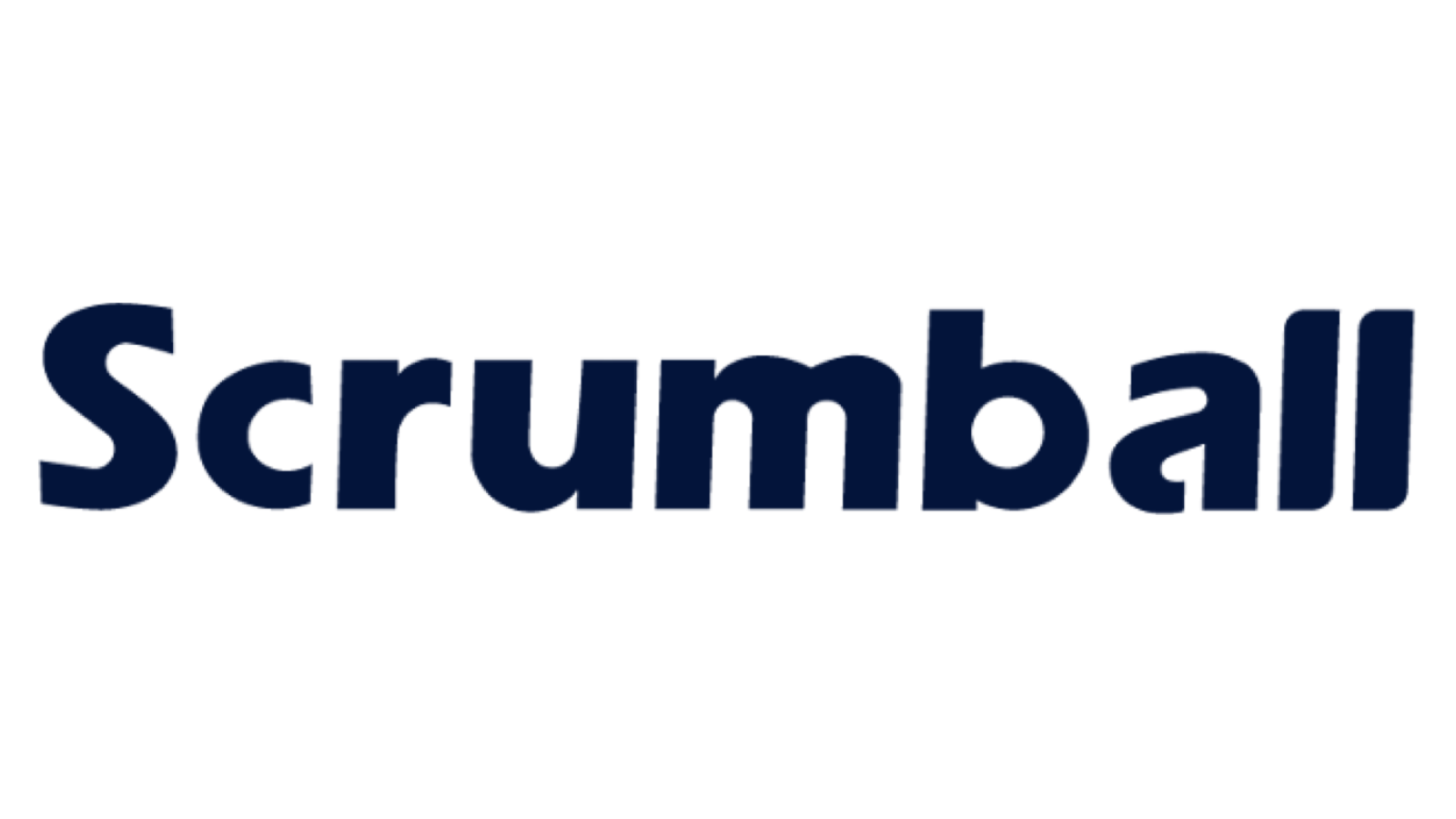Top Tips for Picking the Perfect Marketing Automation Tool

Selecting the right marketing automation tools can transform your business. These tools help you save time, reduce manual tasks, and focus on what truly matters—growing your brand. Studies show that 91% of marketers achieve their objectives with automation, while businesses see an average ROI of $5.44 for every dollar spent. A well-chosen marketing automation platform not only streamlines workflows but also boosts lead generation and conversion rates. By making the right choice, you position your business for long-term success and efficiency.
Understand Your Business Goals and IT Requirements

When choosing a marketing automation tool, you must start by understanding your business requirements. This step ensures that the tool you select aligns with your goals and supports your overall strategy. Without clarity on what you want to achieve, you risk investing in a platform that fails to deliver results.
Define Your Marketing Objectives
Your marketing objectives should guide your decision-making process. Ask yourself: What do you want to accomplish? Are you aiming to increase brand awareness, generate more qualified leads, or improve customer retention? By clearly defining these goals, you can identify the specific features and capabilities your marketing automation tool must have.
For example, if your primary goal is lead generation, look for tools that offer advanced lead scoring and segmentation. If customer engagement is your focus, prioritize platforms with robust email marketing and social media integration. Always ensure that your objectives are measurable and tied to your key performance indicators (KPIs). This approach helps you evaluate whether the tool adds value to your existing marketing stack and meets your business objectives.
"Defining your objectives allows you to narrow down your options and focus on tools that will help you reach them."
Assess Your IT Infrastructure
Your IT infrastructure plays a critical role in the success of your marketing automation tool. Before making a decision, evaluate your current systems and processes. Consider how the new tool will integrate with your existing software, such as your customer relationship management (CRM) system or content management system (CMS). Seamless integration minimizes disruptions and ensures smooth workflows across departments.
Additionally, assess your team’s technical capabilities. Will your staff need extensive training to use the tool effectively? Does your IT team have the resources to support its implementation? By addressing these questions, you can avoid potential roadblocks and ensure that the tool fits within your operational framework.
Remember, the right marketing automation tool should complement your IT setup, not complicate it. A thorough review of your infrastructure ensures that the platform you choose aligns with your technical needs and enhances your overall efficiency.
Align the Marketing Automation Platform with Your Marketing Strategies
Choosing the right marketing automation platform requires aligning its features with your marketing strategy. This ensures that the tool not only supports your current goals but also adapts to your evolving needs. By focusing on how the platform complements your strategy, you can maximize its potential and achieve better results.
Map Features to Your Marketing Needs
Every marketing strategy has unique requirements. To find the perfect fit, you need to identify the features that directly address your goals. For instance, if your strategy emphasizes customer engagement, prioritize tools with advanced email marketing, social media integration, and segmentation capabilities. Platforms like ActiveCampaign excel in these areas, offering triggered campaigns and robust tagging systems to enhance personalization.
If lead generation is your primary focus, look for tools with lead scoring, automation workflows, and analytics. HubSpot and Pardot are excellent choices for businesses aiming to capture and nurture leads effectively. On the other hand, small businesses might benefit from user-friendly options like Mailchimp, which simplifies campaign creation while offering essential automation features.
To make an informed decision, create a checklist of must-have features based on your marketing strategy. Compare multiple marketing automation tools side by side to evaluate how well they meet your needs. This approach ensures that the platform you choose delivers measurable value and aligns seamlessly with your objectives.
"The right features can transform your marketing efforts, turning strategies into actionable results."
Evaluate Customization Options
No two businesses are identical, and your marketing automation platform should reflect that. Customization plays a critical role in tailoring the tool to fit your specific processes and workflows. Platforms like Salesforce Marketing Cloud and SharpSpring offer extensive customization options, allowing you to adapt the tool to your unique marketing strategy.
Consider how much control the platform gives you over automation workflows, templates, and reporting dashboards. For example, ActiveCampaign allows users to create highly personalized automation sequences, ensuring that every customer interaction feels relevant and timely. Similarly, Drip provides flexibility in designing campaigns that cater to niche audiences.
Customization also extends to integration capabilities. Ensure the platform integrates smoothly with your existing systems, such as your CRM or e-commerce platform. This minimizes disruptions and enhances cross-department collaboration. A tool that adapts to your business rather than forcing you to change your processes will save time and improve efficiency.
By prioritizing customization, you empower your team to use the platform effectively while maintaining consistency with your brand and strategy.
Consider the End-Users and Their Needs
Involve Your Marketing Team in the Decision
Your marketing team will be the primary users of the automation tool. Their input is essential to ensure the platform meets their daily needs and aligns with their workflows. By involving them early in the decision-making process, you can identify potential challenges and select a tool that enhances their productivity.
Start by gathering feedback from your team about their current pain points. Ask questions like:
- What tasks consume the most time?
- Which features would simplify their work?
- Are there any tools they’ve used before and found effective?
This collaborative approach fosters a sense of ownership and ensures the tool addresses real-world challenges. According to marketing professionals, automation tools can streamline workflows, centralize data, and improve collaboration. For example, automating repetitive tasks like email scheduling or lead scoring allows your team to focus on strategic initiatives.
"Marketing teams use automation software more than sales and finance teams, highlighting its importance in driving efficiency."
When your team feels heard, they are more likely to embrace the new platform. This leads to smoother adoption and maximizes the tool’s potential to deliver results.
Provide Training and Support
Even the most intuitive tools require proper training for effective use. Without adequate preparation, your team may struggle to unlock the full potential of the platform. Providing comprehensive training ensures they feel confident and capable when using the tool.
Begin by offering hands-on workshops or tutorials tailored to your team’s specific needs. Focus on key features that align with your marketing objectives, such as audience segmentation, campaign automation, or analytics. Encourage team members to practice creating workflows or running test campaigns during these sessions.
Additionally, choose a platform that offers robust customer support and learning resources. Look for tools with:
- Detailed documentation and video tutorials.
- Access to live chat or phone support.
- Community forums where users share tips and solutions.
"Adequate learning resources and training empower teams to maximize the potential of automation tools."
Ongoing support is equally important. Schedule regular check-ins to address questions or challenges your team encounters. Consider appointing an internal “automation champion” who can provide guidance and share best practices.
By investing in training and support, you set your team up for success. A well-prepared team will not only adopt the tool more quickly but also use it to drive meaningful results for your business.
Evaluate Integration with Sales Processes
Ensure Seamless CRM Integration
A marketing automation tool must integrate effortlessly with your Customer Relationship Management (CRM) system. This integration ensures that your sales and marketing teams work in harmony, sharing data and insights to drive better results. Without seamless CRM integration, you risk creating data silos that hinder collaboration and decision-making.
Look for platforms that offer native integrations with popular CRMs like HubSpot, Salesforce, or Zoho CRM. These tools allow you to sync customer data, track interactions, and automate follow-ups without manual intervention. For example, HubSpot CRM provides a unified view of your customer journey, enabling you to monitor deals, manage contacts, and analyze sales performance—all within a single interface.
"Seamless CRM integration bridges the gap between marketing and sales, ensuring a consistent customer experience."
Additionally, consider tools that support real-time data syncing. This feature keeps your CRM updated with the latest information, such as lead scores, email engagement, or website activity. Platforms like ActiveCampaign excel in this area, offering automation features that streamline workflows and enhance productivity. By choosing a tool with robust CRM integration, you empower your team to focus on building relationships and closing deals rather than managing data manually.
Support for Cross-Department Collaboration
Effective marketing automation tools should foster collaboration across departments. Marketing and sales teams often rely on shared data to align their strategies and achieve common goals. A platform that supports cross-department collaboration ensures that everyone stays on the same page, reducing miscommunication and improving efficiency.
Tools like Salesforce CRM and Zoho CRM stand out for their ability to integrate with other business applications. These platforms provide a comprehensive approach, connecting marketing, sales, and even customer service teams. For instance, Salesforce allows you to create shared dashboards where teams can track campaign performance, lead status, and sales metrics in real time.
To enhance collaboration, prioritize tools with features like:
- Shared Workspaces: Centralize data and tasks to improve visibility across teams.
- Automated Notifications: Keep everyone informed about updates, such as new leads or campaign milestones.
- Customizable Permissions: Control access to sensitive information while promoting teamwork.
"Collaboration tools break down silos, enabling teams to work together toward shared objectives."
Platforms like EngageBay and Freshsales also offer automation capabilities that simplify task management and communication. These tools help teams coordinate efforts, whether it's nurturing leads or closing deals. By investing in a marketing automation tool that supports cross-department collaboration, you create a cohesive environment where every team contributes to your business's success.
Assess Usability and Ease of Implementation

Test the User Interface
The user interface (UI) of a marketing automation tool plays a crucial role in its effectiveness. A tool with a clean, intuitive design ensures that you and your team can navigate it effortlessly. When evaluating the UI, focus on how quickly you can locate key features and perform essential tasks. Tools like ActiveCampaign and Mailchimp are known for their user-friendly layouts, making them ideal for teams with varying levels of technical expertise.
Look for platforms that offer drag-and-drop functionality, clear menus, and customizable dashboards. These features simplify complex processes, such as creating automation workflows or analyzing campaign performance. A well-designed UI reduces the learning curve, allowing your team to adopt the tool faster and focus on achieving results.
"A user-friendly interface empowers your team to work efficiently, saving time and reducing frustration."
Testing the UI before committing to a platform is essential. Many tools offer free trials or demos, giving you the chance to explore their features firsthand. During this period, assess how easily you can complete tasks like setting up campaigns, segmenting audiences, or generating reports. If the tool feels cumbersome or confusing, it may not be the right fit for your business.
Review Implementation Requirements
Implementing a new marketing automation tool can be a complex process. To ensure a smooth transition, you need to evaluate the technical requirements and compatibility of the platform. Start by examining how well the tool integrates with your existing systems, such as your CRM, email marketing software, or e-commerce platform. Seamless integration minimizes disruptions and enhances efficiency across your operations.
Consider the scalability of the tool as well. A platform that supports your current needs while accommodating future growth is a smart investment. For example, tools like HubSpot and Salesforce Marketing Cloud offer robust integration capabilities and scalable features, making them suitable for businesses of all sizes.
"Choosing a scalable tool ensures that your investment grows with your business, adapting to changing demands."
Pay attention to the setup process. Some tools require extensive technical expertise, while others offer straightforward installation and configuration. Platforms with comprehensive tutorials, detailed documentation, and responsive customer support can make implementation significantly easier. Look for tools that provide step-by-step guides or even dedicated onboarding specialists to assist you during the initial stages.
Finally, evaluate the data security features of the platform. Protecting customer information is critical, especially when handling sensitive data. Ensure that the tool complies with industry standards and offers robust security measures, such as encryption and access controls. By addressing these factors, you can implement the tool confidently and set your team up for success.
Choosing the right marketing automation tools can transform your business. Focus on aligning the tool with your goals, ensuring it integrates seamlessly with your systems, and prioritizing ease of use for your team. Involve your team in the decision-making process and test multiple platforms to find the best fit. This approach ensures you select a tool that enhances productivity and drives results.
Take the next step today. Explore available platforms, consult with experts, and make an informed choice that positions your business for long-term success.
FAQ
What is marketing automation, and why should you use it?
Marketing automation refers to software that automates repetitive marketing tasks, such as email campaigns, social media posting, and lead nurturing. By using it, you can save time, reduce manual effort, and focus on strategic activities. It also helps you personalize customer interactions, improve lead management, and boost overall marketing efficiency.
"Marketing automation empowers you to think beyond routine tasks and focus on growing your business."
How do you choose the right marketing automation tool?
To select the best tool, start by identifying your business goals and marketing needs. Look for platforms that align with your objectives and offer features like CRM integration, analytics, and customization. Test the user interface and ensure it’s easy to use. Always involve your team in the decision-making process to ensure the tool meets their requirements.
Can small businesses benefit from marketing automation?
Absolutely! Marketing automation isn’t just for large enterprises. Small businesses can use it to streamline workflows, nurture leads, and improve customer engagement. Tools like Mailchimp and ActiveCampaign offer affordable options tailored to smaller teams. These platforms simplify complex processes, making them accessible even if you have limited resources.
What are the key features to look for in a marketing automation tool?
The essential features depend on your goals. However, some must-haves include:
- Email marketing automation for personalized campaigns.
- Lead scoring and segmentation to prioritize prospects.
- Analytics and reporting to measure performance.
- CRM integration for seamless data sharing.
- Social media management to enhance engagement.
Choose a tool that offers the features most relevant to your strategy.
How does marketing automation improve lead generation?
Marketing automation helps you capture, nurture, and convert leads more effectively. It enables you to segment your audience, send targeted messages, and track engagement. For example, automated workflows can guide prospects through the sales funnel by delivering the right content at the right time. This approach increases the likelihood of conversion.
"With automation, you can focus on building relationships while the tool handles repetitive tasks."
Is training necessary to use a marketing automation tool?
Yes, training is crucial for maximizing the tool’s potential. Even user-friendly platforms require some level of onboarding. Provide your team with hands-on workshops, tutorials, and access to learning resources. Choose a tool that offers robust customer support, including live chat, documentation, and community forums. A well-trained team will use the tool more effectively and achieve better results.
How do you ensure a smooth implementation process?
To implement a marketing automation tool successfully, evaluate your current systems and ensure compatibility. Choose a platform that integrates seamlessly with your CRM, email software, or e-commerce platform. Test the tool during a trial period to identify potential challenges. Opt for platforms with detailed setup guides and responsive support to simplify the process.
Can marketing automation tools integrate with sales processes?
Yes, many tools integrate directly with sales processes through CRM systems. This integration ensures that marketing and sales teams share data and work collaboratively. Features like real-time data syncing, shared dashboards, and automated notifications help align efforts. Tools like HubSpot and Salesforce excel in bridging the gap between marketing and sales.
How do you measure the success of marketing automation?
To evaluate success, track key performance indicators (KPIs) such as:
- Lead conversion rates to measure effectiveness.
- Engagement metrics like email open rates and click-through rates.
- ROI to assess the financial impact.
- Customer retention rates to gauge long-term value.
Regularly review these metrics to identify areas for improvement and ensure the tool delivers value.
Are marketing automation tools scalable?
Yes, most modern tools are designed to grow with your business. Platforms like HubSpot and Salesforce Marketing Cloud offer scalable features that adapt to increasing demands. When choosing a tool, consider its ability to handle larger audiences, more complex workflows, and additional integrations as your business expands.
"Scalability ensures your investment remains valuable as your business evolves."
See Also
Comprehensive Tips for Choosing Your Brand's Influencer Platform
Finding the Top TikTok Agency for Influencer Marketing
Creating an Effective Brief for Influencer Marketing Success
